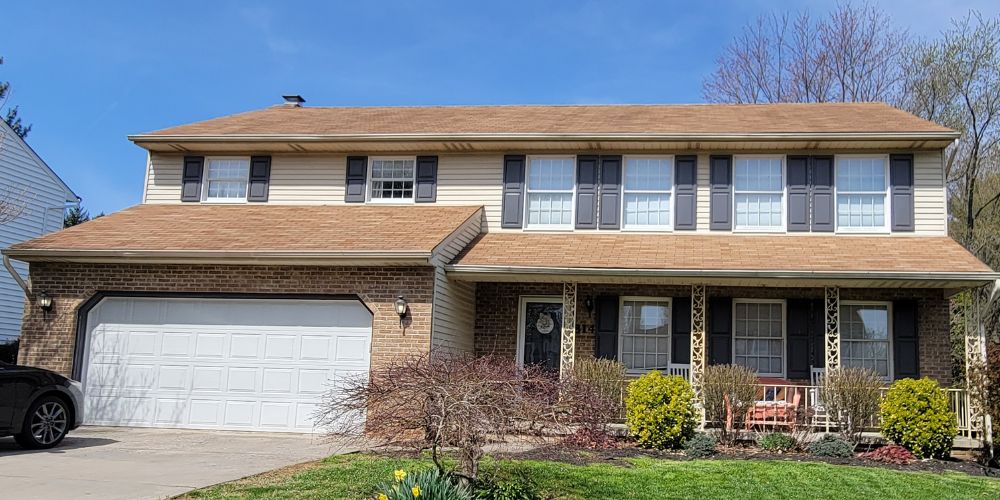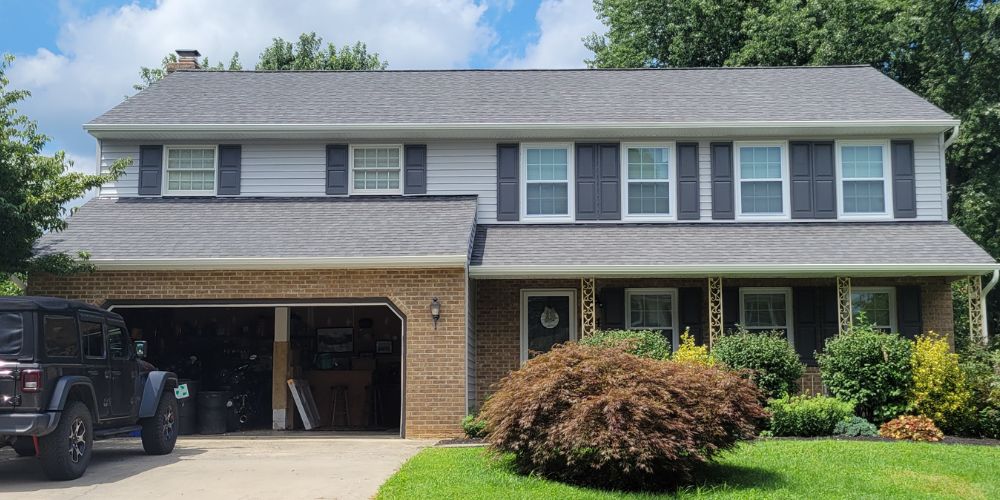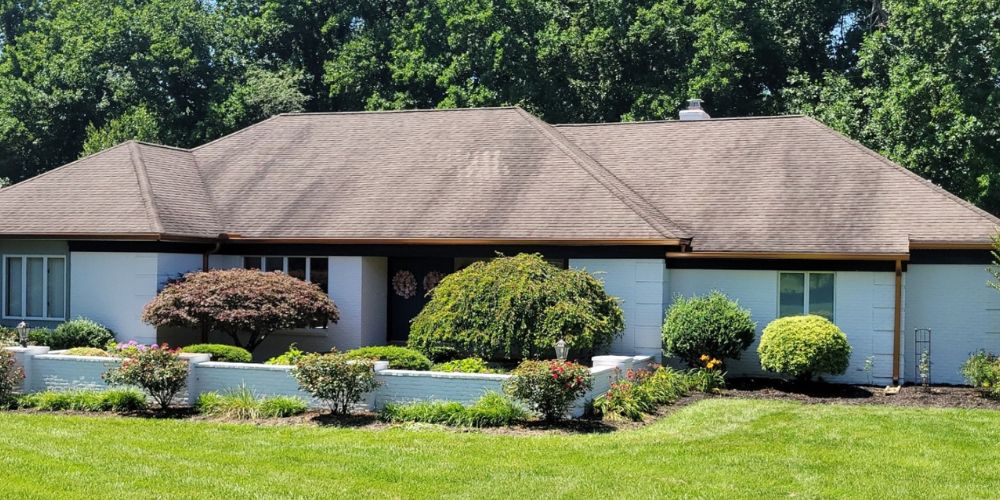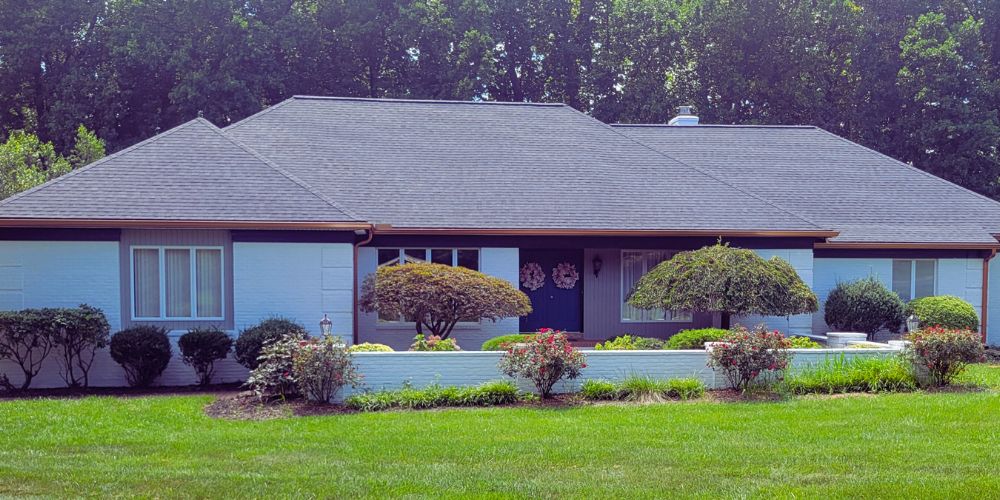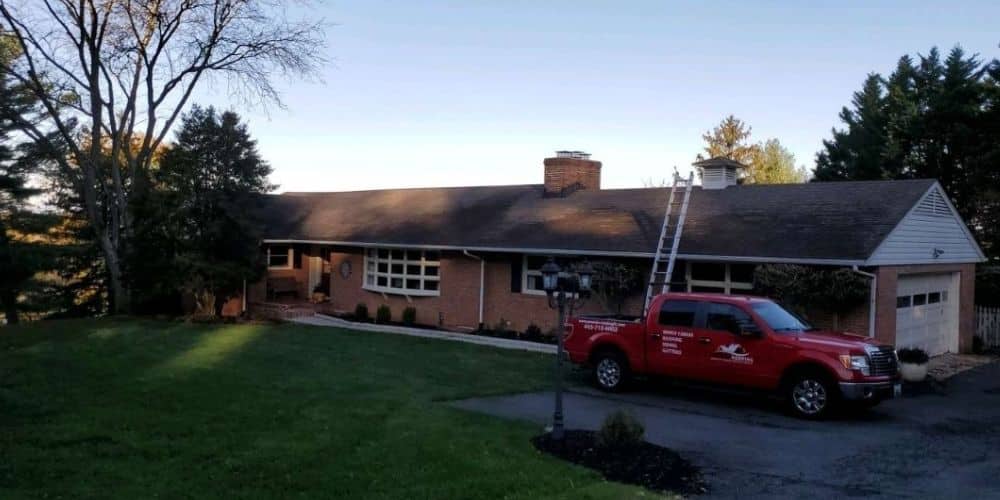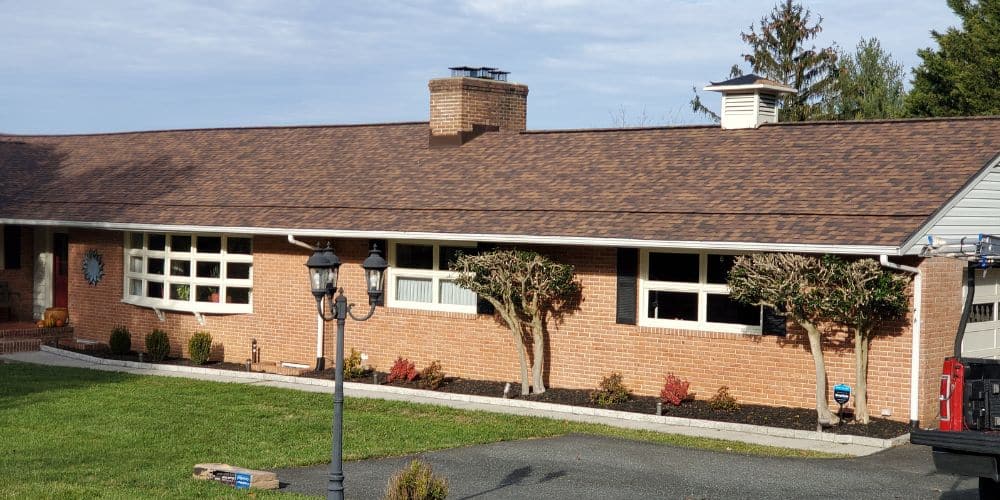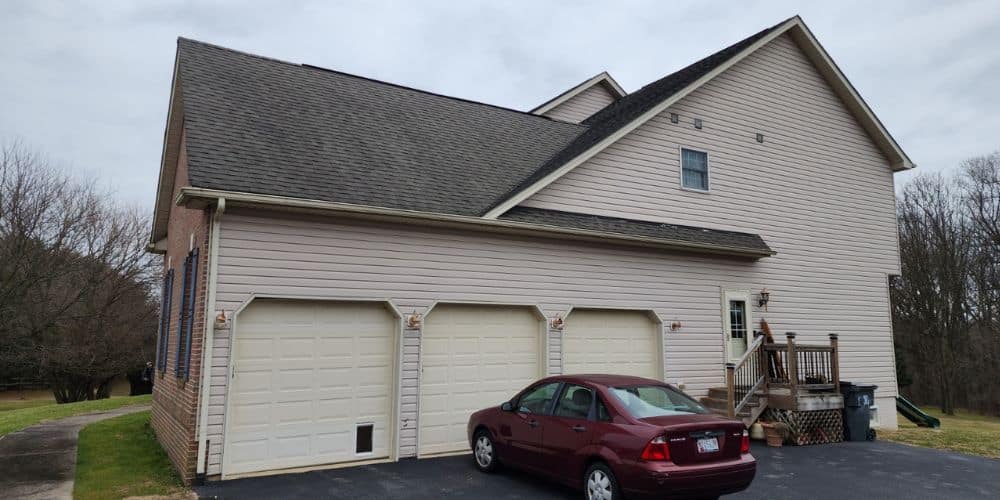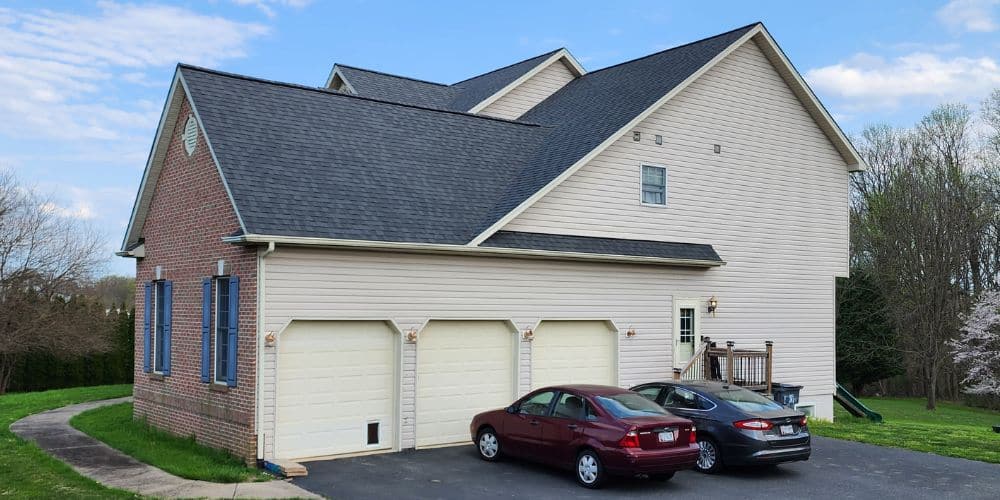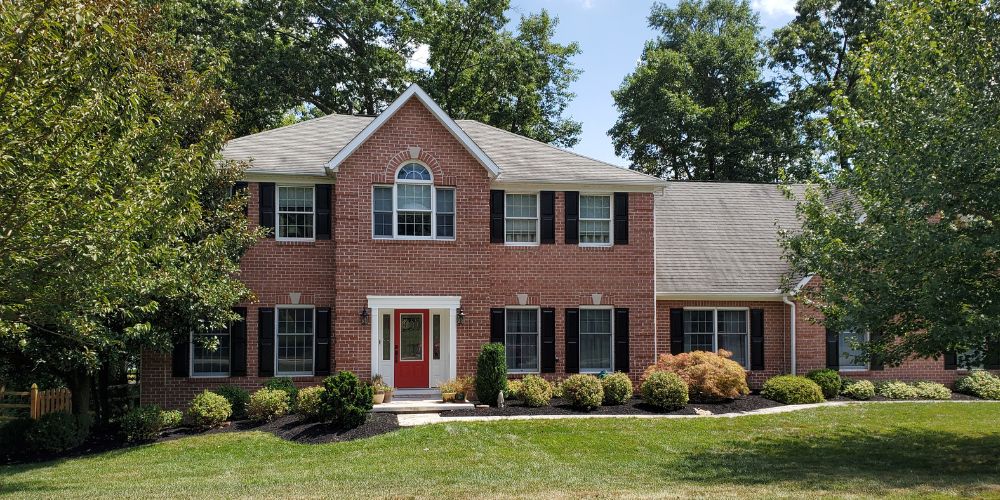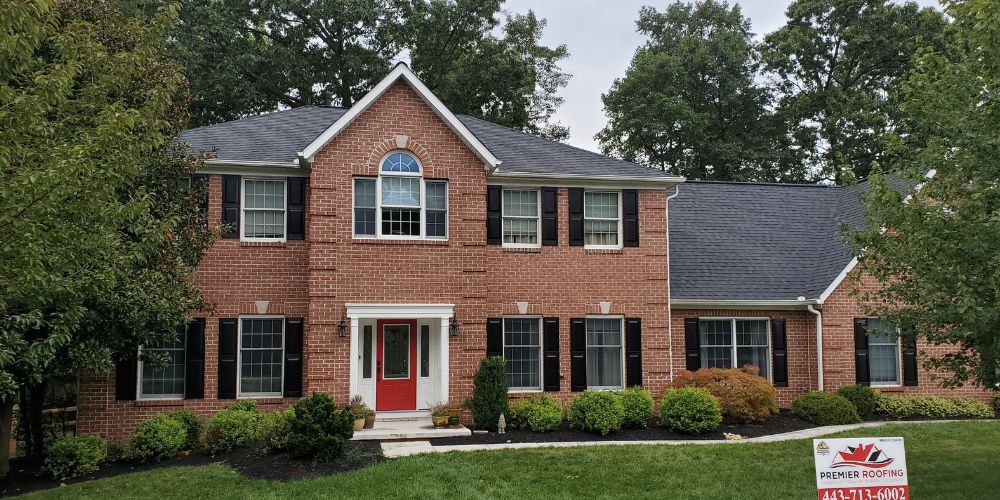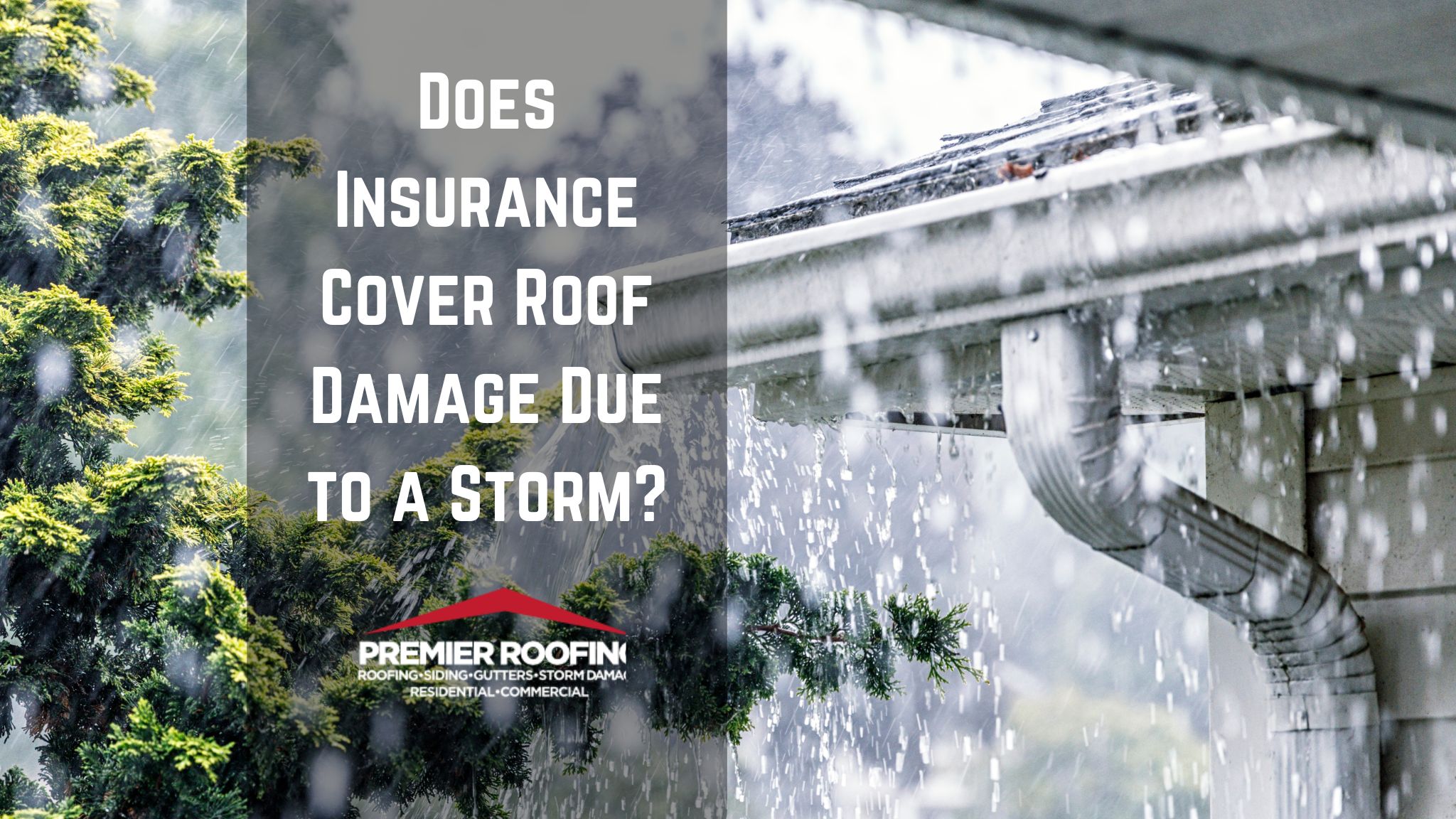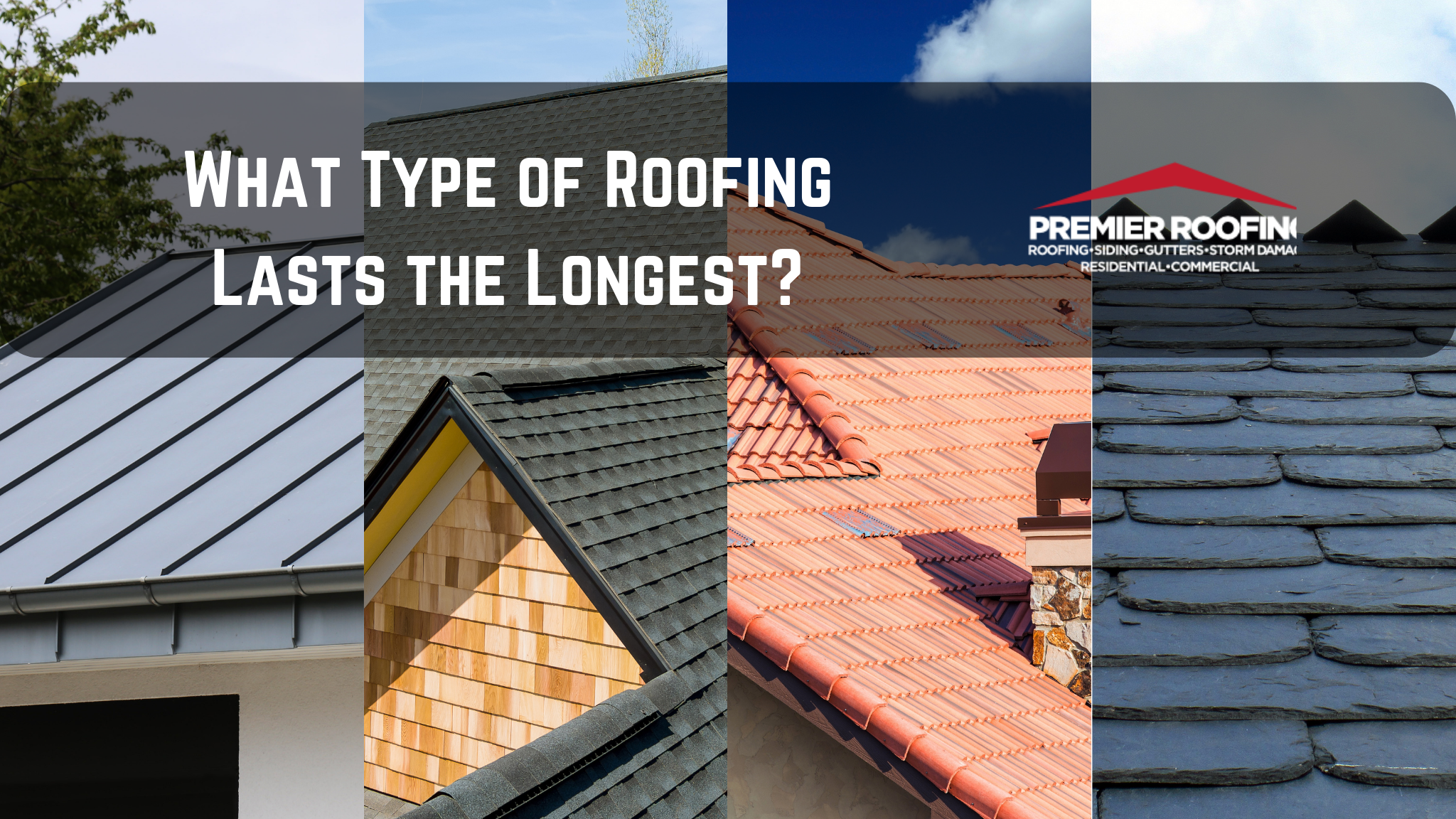
What is the Most Common Commercial Roof Style?
When it comes to commercial properties, the choice of roofing can greatly impact the building’s longevity, energy efficiency, and overall aesthetics. Understanding the various commercial roofing styles is essential for property owners and managers. Let’s explore the most common commercial roof styles, helping you make an informed choice when working with a commercial roofer in Bel Air, MD.
Flat Roofing Systems
Flat roofs are the most commonly used commercial roofing style. Their simplistic design allows for easy installation and maintenance compared to sloped roofs. In addition, flat roofs provide valuable rooftop space that can be utilized for HVAC units, solar panels, or even green roofs.
Advantages of Flat Roofs
- Cost-Effective: Flat roofing systems typically require less material and labor, making them a more cost-effective option for commercial buildings.
- Ease of Maintenance: Accessibility is one of the key benefits. Flat roofs are easier to walk on, allowing for straightforward inspections and repairs.
Versatile - Usability: As mentioned, flat roofs can be utilized for various additional purposes, increasing the functional area of the building.
Disadvantages of Flat Roofs
However, flat roofs also have some drawbacks. Their design can lead to poor water drainage, resulting in pooling if not properly installed. Roofers in Bel Air, MD often recommend regular maintenance checks to ensure these roofs remain in good condition and do not develop leaks.
Pitched Roofing Systems
Pitched roofs, or sloped roofs, are less common in commercial settings but still widely used, particularly in regions with a high amount of rainfall or snow.
Types of Pitched Roofs
- Gable Roof: This is the most familiar roof design, featuring two slopes that meet at a peak. It provides great drainage capabilities, making it ideal for damp or snowy climates.
- Hip Roof: All four sides of a hip roof slope down towards the walls, creating a more stable structure. This style may be more costly due to its complexity but offers excellent wind resistance.
Benefits and Challenges
Pitched roofs generally allow for better water drainage and reduce the risk of leaks. However, they can be more expensive to install due to their complexity. Many companies rely on experienced commercial roofers in Bel Air, MD to ensure proper installation and longevity.
Built-Up Roofing (BUR) Systems
Another common style of commercial roofing is Built-Up Roofing (BUR). This type of roofing consists of several layers of roofing felt and bitumen, resulting in a durable protective surface.
Features of Built-Up Roofing
- Durability: BUR systems are known for their longevity and resistance to harsh weather conditions.
- Cost-Effectiveness: Compared to high-end options, BUR systems can be more affordable while providing robust protection.
- Reflective Options: Many asphalt-based BUR systems offer reflective coatings, helping to reduce energy costs through improved efficiency.
Considerations
While BUR roofs can be a great choice for commercial buildings, they can be heavy and require structural considerations. Engaging an experienced commercial roofer in Bel Air, MD is crucial to evaluate the building’s capability to support such a roof system.
Choosing the right commercial roofing style is a decision that merits serious consideration. Each roof style, from flat and pitched roofs to green and built-up systems, has its strengths and weaknesses. Consulting with a professional commercial roofer in Bel Air, MD can help guide you toward the best choice for your specific needs. By understanding the characteristics of these common commercial roofing styles, property owners can ensure they are making an informed investment in their assets’ longevity and performance.
View Our Work
Reach out today for a free estimate.

